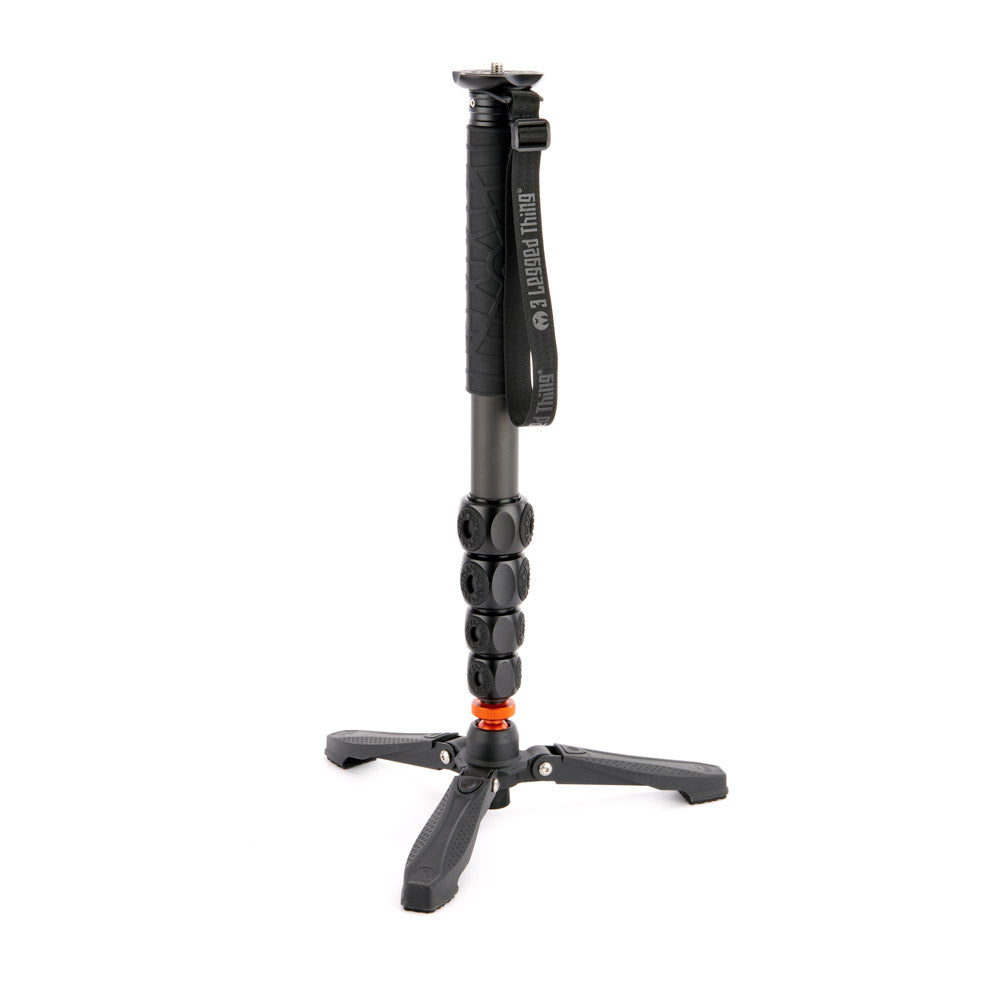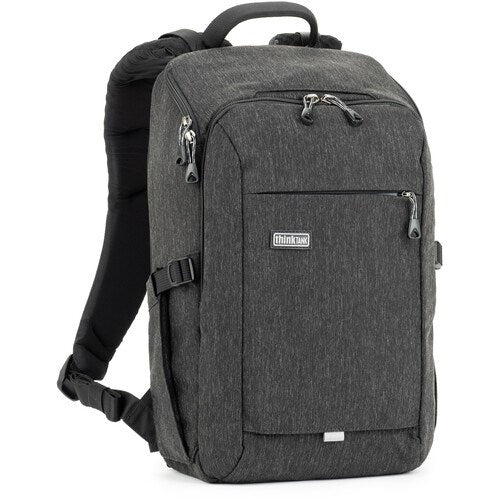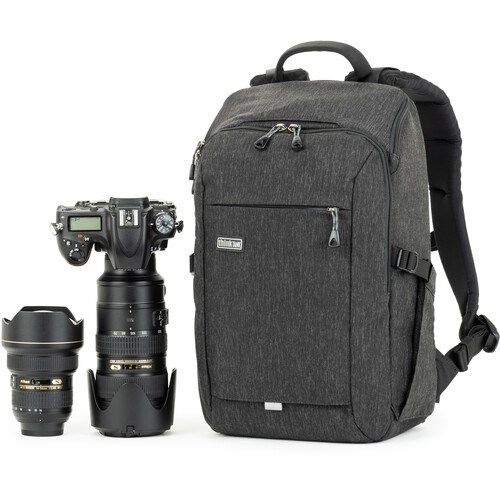Macro photography offers a captivating glimpse into the intricate details of the world around us. It allows us to explore the hidden beauty of small subjects, unveiling a whole new realm of photographic possibilities.
However, mastering the art of macro photography requires a solid understanding of the techniques and tools that can elevate your images to the next level. In this article, we will provide you with 10 invaluable tips to improve your macro photography skills.
From choosing the right equipment to handling lighting challenges, from achieving sharpness and depth of field to exploring creative approaches, we will guide you through every step of the way.
So, grab your camera and get ready to dive into the fascinating world of macro photography.
1. Understanding the Basics of Macro Photography
1.1 The Definition and Concept of Macro Photography
Macro photography is like getting a front-row seat to the tiny wonders of the world. It's all about capturing extreme close-up images of small subjects, revealing intricate details that are often overlooked. Think of capturing the delicate petals of a flower or the texture of an insect's wings.1.2 The Benefits and Applications of Macro Photography
Macro photography allows you to explore a whole new world within the world you already know. It's perfect for nature lovers, as it lets you capture the beauty of flowers, insects, and other small creatures up close. But macro photography isn't limited to just nature; it can also be used for product photography, food photography, and even creative abstract shots. The possibilities are endless!2. Choosing the Right Equipment for Macro Photography
2.1 Camera Options for Macro Photography
You don't need to break the bank to get started with macro photography. Most modern digital cameras, whether they are DSLRs or mirrorless, offer macro capabilities. Just make sure your camera has a macro mode or the ability to focus up close.2.2 Essential Macro Photography Lenses
While you can use a regular lens for macro photography, investing in a dedicated macro lens will take your images to the next level. These lenses are specifically designed to focus at extremely close distances, allowing you to capture sharp and detailed shots. They come in different focal lengths, so choose one that suits your style and budget.2.3 Additional Equipment for Macro Photography
To get the most out of your macro photography, consider investing in a few additional tools. A tripod will help you steady your camera for those precise shots, and a remote shutter release will eliminate any camera shake caused by pressing the shutter button. You can also use macro focusing rails to fine-tune your focus or a ring light for even lighting on your subjects.3. Mastering Lighting Techniques for Macro Shots
3.1 Natural Light vs. Artificial Light in Macro Photography
When it comes to lighting your macro subjects, you have two main options: natural light and artificial light. Natural light can create a soft and diffused effect, while artificial light gives you more control over the direction and intensity. Experiment with both and see which one works best for your desired look.3.2 Understanding and Controlling Light Intensity
Controlling the intensity of light is crucial in macro photography. Using diffusers or reflectors can help soften harsh lighting and eliminate harsh shadows. You can also adjust your camera's exposure settings to get the perfect balance of light and dark areas in your image.3.3 Diffusing and Modifying Light for Macro Subjects
To avoid harsh highlights or unwanted reflections, consider using diffusers or modifiers to soften and spread the light. A simple DIY diffuser can be made by attaching a semi-transparent material, like a white cloth or baking paper, to a frame. This will create a more pleasing and even lighting on your subjects.4. Achieving Sharpness and Depth of Field in Macro Images
4.1 The Importance of Focusing Techniques in Macro Photography
In macro photography, precise focusing is key. Since the depth of field is extremely shallow, even the tiniest movement can result in blurry images. Take your time to focus on the specific area you want to highlight, and consider using manual focus for better control.4.2 Controlling Depth of Field for Stunning Macro Shots
Depth of field refers to the area in focus in your image. In macro photography, you have the choice to create a shallow depth of field, where only a small part of your subject is in focus, or a larger depth of field, where more of the subject is sharp. Experiment with different apertures to achieve the desired effect.4.3 Utilizing Focus Stacking for Enhanced Macro Image Sharpness
Focus stacking is a technique where multiple images are taken at different focal points and then combined using software to create a final image with a larger depth of field. This technique is especially useful when photographing subjects with intricate details that require a larger depth of field. Just make sure your subject remains still throughout the process.Remember, macro photography is all about exploring and having fun. So grab your camera, venture into the small corners of the world, and let your creativity bloom! Composing Captivating Macro Photographs
When it comes to macro photography, composition plays a crucial role in creating captivating images. One of the tried and true techniques is the Rule of Thirds. Instead of centering your subject, imagine the frame divided into nine equal parts and position your subject along these gridlines. This adds balance and visual interest to your shot.
But don't stop at the Rule of Thirds! Experiment with different composition techniques like leading lines, framing, and symmetry. Macro photography allows you to get up close and personal with your subject, so take advantage of this intimacy to create unique and visually appealing compositions.
Exploring Different Angles and Perspectives in Macro Photography
Macro photography offers you the chance to discover new perspectives and angles that may otherwise go unnoticed. Get down low and shoot from a bug's eye view or try shooting from above to capture a different perspective. Changing the angle can transform an ordinary subject into something extraordinary. So don't be afraid to get creative and explore different viewpoints in your macro shots.
Incorporating Backgrounds and Negative Space in Macro Shots
The background can make or break a macro photograph. A cluttered and distracting background can take away from the beauty of your subject. Look for simple and unobtrusive backgrounds that complement your subject. Experiment with negative space by leaving areas of your frame empty, which can create a sense of minimalism and draw more attention to your subject. Remember, the background should enhance your subject, not steal the show.
Managing the Challenges of Macro Photography
Macro photography comes with its own set of challenges. Shaky hands can lead to blurry images, so it's essential to stabilize your camera. Use a tripod or rest your camera on a stable surface to minimize camera shake. If you're shooting handheld, try using a faster shutter speed to compensate for any potential movement.
Autofocus can also be a bit tricky in macro photography. The close proximity to your subject can confuse your camera's autofocus system. Consider switching to manual focus or using focus stacking techniques to ensure your subject is tack sharp.
Depth of field is another challenge in macro photography. When shooting up close, the depth of field becomes extremely shallow, so it's essential to carefully control what's in focus. Experiment with different apertures and focus points to achieve the desired depth of field in your macro shots.
Exploring Creative Approaches and Unique Perspectives in Macro Shots
Macro photography offers endless possibilities for creativity. Try your hand at abstract macro photography, where you focus on the shapes, patterns, and textures of your subject rather than its identity. Play with light and shadows to create dramatic effects.
Insects and small creatures are fascinating subjects for macro photography. Capture their intricate details and behaviors, but remember to respect their space and not disturb their natural habitat.
Water droplets and reflections can add a magical touch to your macro shots. Look for opportunities in nature after rain or experiment with artificial setups. Shoot from various angles to capture interesting reflections or freeze moments in time with droplets in mid-air.
Post-Processing Tips for Enhancing Macro Images
Once you've captured your macro shots, post-processing can help enhance their beauty. Adjusting the contrast, saturation, and sharpness can make your subject pop. Pay attention to the details and make selective edits to draw more attention to certain areas. Experiment with different styles and filters to add a personal touch to your macro images.
Remember, post-processing is a tool to enhance your photographs, not to rescue poorly captured shots. So, strive to capture great shots in-camera and use post-processing as the cherry on top.
Now armed with these tips, go forth and capture stunning macro photographs that will have everyone saying, "Wow, how did you get so close?!" Happy shooting!In conclusion, by incorporating these 10 tips into your macro photography practice, you can enhance your skills and capture stunning images that showcase the intricate beauty of the small and often overlooked subjects. Remember to experiment, practice patience, and continuously learn from your experiences. With dedication and a keen eye for detail, you will unlock a whole new level of creativity and appreciation for the captivating world of macro photography. So, go out there, explore, and let your macro lens unveil the extraordinary in the ordinary. Happy shooting!
Frequently Asked Questions
1. Can I practice macro photography without a dedicated macro lens?
While a macro lens is ideal for capturing detailed close-up shots, you can still practice macro photography using alternative techniques. Options include using extension tubes, close-up filters, or even reversing a standard lens. These methods allow you to get closer to your subject and achieve some level of macro magnification.
2. How important is lighting in macro photography?
Lighting plays a crucial role in macro photography as it can make or break your images. Properly managing lighting helps create the right mood, enhance details, and bring out the textures of your subjects. Natural light or diffused artificial light sources are often preferred to avoid harsh shadows and highlights.
3. How do I achieve a sharp focus in macro photography?
Achieving sharp focus in macro photography can be challenging due to the shallow depth of field. To improve focus, it is recommended to use a smaller aperture (higher f-number) to increase the depth of field, utilize focus stacking techniques, and stabilize your camera using a tripod or other means to reduce camera shake.
4. What post-processing techniques can I use to enhance my macro images?
Post-processing can greatly enhance the impact of your macro images. Techniques such as adjusting brightness and contrast, sharpening details, and fine-tuning colors can help bring out the best in your macro shots. Software applications like Adobe Lightroom or Photoshop offer a wide range of tools specifically designed for image editing and enhancement.























